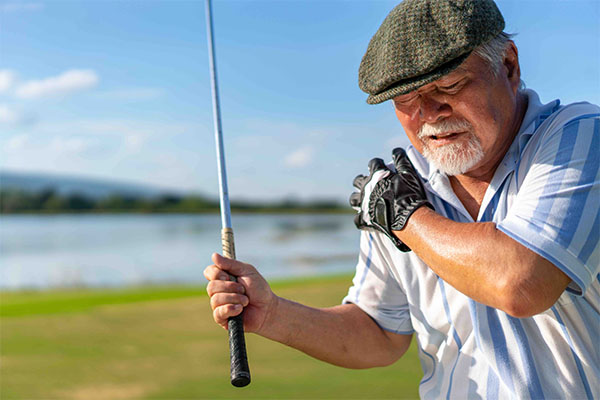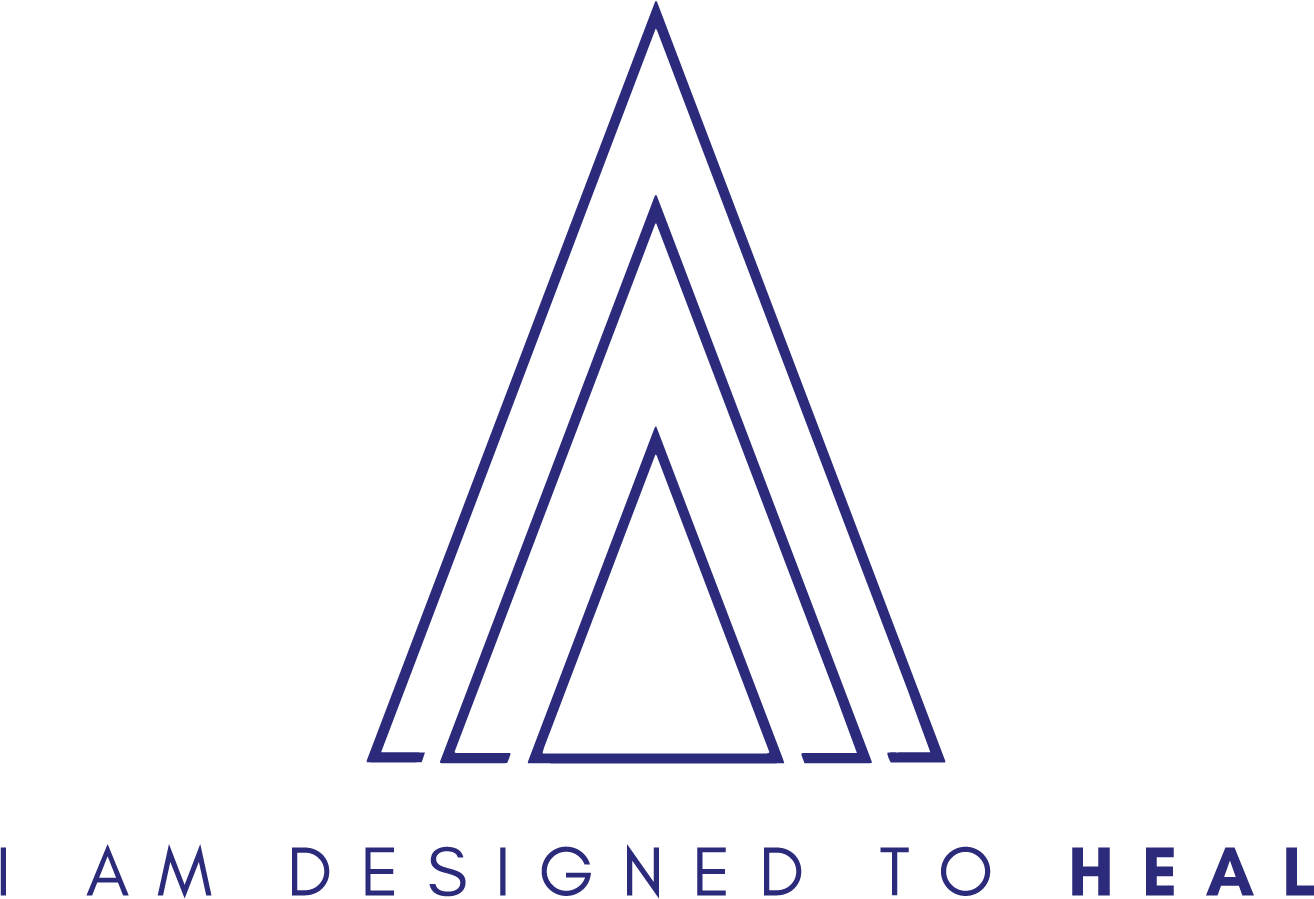
29 Sep Rotator Cuff Injury Treatment with Acupuncture: A Holistic Approach
Rotator cuff injuries are a common source of shoulder pain and dysfunction, affecting athletes, manual laborers, and many others. These injuries can vary from inflammation and tendinitis to partial or complete tears of the rotator cuff muscles and tendons. While traditional treatments like physical therapy, medications, and surgery are often recommended, acupuncture is gaining recognition as a powerful complementary therapy. It offers effective pain relief, reduces inflammation, and supports the healing process, making it a valuable addition to your recovery strategy.
Understanding Rotator Cuff Injuries
The rotator cuff consists of four key muscles—supraspinatus, infraspinatus, teres minor, and subscapularis—and their associated tendons. These muscles play a crucial role in stabilizing the shoulder joint and facilitating arm movements. Rotator cuff injuries often result from overuse, trauma, or age-related degeneration, leading to pain, weakness, and limited shoulder mobility. Common conditions include rotator cuff tendinitis, bursitis, and tears.
Why Rotator Cuff Injuries Are More Common with Age
As we age, the risk of rotator cuff injuries tends to increase. Here’s why:
1. Degenerative Changes: With age, tendons naturally undergo degenerative changes. They become less elastic and more prone to damage. Repetitive stress and micro-injuries over time can lead to tendinitis or tears.
2. Decreased Blood Supply: Tendons have a limited blood supply, which diminishes with age. Reduced blood flow means fewer nutrients and less oxygen reach the tendons, impairing their ability to heal and increasing susceptibility to injuries.
3. Muscle Weakness and Imbalance: Aging often leads to a decline in muscle mass and strength. Weaker rotator cuff muscles contribute to shoulder instability, making injuries more likely. Muscle imbalances also increase stress on tendons, raising the risk of damage.
4. Reduced Range of Motion: As we age, shoulder flexibility and range of motion often decrease due to stiffness. This limited range makes the shoulder more vulnerable to injuries, especially during overhead activities.
Conventional Treatment Approaches
Standard treatments for rotator cuff injuries typically involve rest, physical therapy, anti-inflammatory medications, and corticosteroid injections. For severe cases, such as complete tears, surgery might be necessary. While these approaches can be effective, they may not always provide complete relief, and recovery can be slow. This is where acupuncture can complement traditional treatments, enhancing outcomes and accelerating recovery.
Acupuncture as a Complementary Treatment
Acupuncture, a cornerstone of Traditional Chinese Medicine (TCM), involves inserting fine, sterile needles into specific points on the body to regulate the flow of qi (vital energy) along meridians. This holistic practice offers several benefits for rotator cuff injuries:
1. Pain Relief: Acupuncture is well-documented for its pain-relieving effects. By stimulating acupoints, acupuncture triggers the release of endorphins, the body’s natural painkillers, and modulates pain perception. Research in the Journal of Pain shows that acupuncture effectively reduces pain intensity in patients with shoulder pain, including rotator cuff injuries.
2. Reduction of Inflammation: Inflammation is a major contributor to pain and tissue damage in rotator cuff injuries. Acupuncture has been shown to decrease inflammatory markers, alleviating pain and promoting healing. A study in Evidence-Based Complementary and Alternative Medicine highlights acupuncture’s ability to lower pro-inflammatory cytokines, aiding in recovery.
3. Improved Blood Flow and Healing: Acupuncture enhances blood circulation in the shoulder area, delivering essential nutrients and oxygen to damaged tissues and removing waste products. Improved circulation can speed up the healing process, particularly for tendinitis or partial tears. Findings in the Journal of Acupuncture and Meridian Studiesdemonstrate increased blood flow and faster recovery times following acupuncture treatment.
4. Restoration of Shoulder Function: Beyond pain relief, acupuncture helps restore shoulder function by addressing muscle imbalances and reducing stiffness. Combining acupuncture with physical therapy can significantly enhance recovery outcomes, as noted in The Journal of Physical Therapy Science.
Tui Na as a Complementary Therapy
Tui Na, often described as Chinese medical massage, uses techniques such as kneading, rolling, pressing, and stretching to treat musculoskeletal conditions. When combined with acupuncture, Tui Na can be highly effective for rotator cuff injuries:
1. Pain and Tension Relief: Tui Na alleviates muscle tension and pain by improving circulation and promoting qi flow through the meridians. It targets specific muscles and tendons affected by injuries, helping to restore function and relieve discomfort.
2. Enhancing Mobility and Flexibility: Techniques like stretching and joint mobilization in Tui Na improve the range of motion in injured areas, such as the shoulder. This is especially beneficial for recovering from conditions like rotator cuff tendinitis.
3. Facilitating Recovery: By enhancing circulation, reducing inflammation, and releasing muscle adhesions, Tui Na supports faster recovery, allowing you to return to your activities with greater ease.
Frequency of Treatment for Optimal Results
Acupuncture: For optimal results in managing rotator cuff injuries, acupuncture treatments are typically recommended 1-2 times per week. This frequency helps maintain progress, manage symptoms effectively, and promote healing. As you progress, the frequency of sessions can be adjusted based on your recovery.
Tui Na: Tui Na sessions are generally recommended on a weekly or bi-weekly basis, depending on the severity of the injury and individual needs. Regular sessions help maintain muscle health, improve mobility, and support overall recovery.
Recent Research and Clinical Evidence
Recent studies underscore the effectiveness of acupuncture in managing rotator cuff injuries. A 2021 systematic review in BMC Complementary Medicine and Therapies found that acupuncture significantly reduces pain and improves shoulder function, with a favorable safety profile.
Another study in Acupuncture in Medicine (2022) explored electroacupuncture, a variation that uses electrical stimulation, for rotator cuff tendinitis. The results indicated that electroacupuncture provided greater pain relief and improved shoulder function compared to standard acupuncture, suggesting it may be especially beneficial for certain patients.
Conclusion
Acupuncture offers a holistic and complementary approach to treating rotator cuff injuries by addressing both symptoms and underlying causes. It helps reduce pain, inflammation, and promotes healing, enhancing recovery and improving quality of life. Integrating Tui Na further supports muscle health and overall recovery. As research continues to affirm its benefits, acupuncture and Tui Na are becoming increasingly popular for those seeking effective and comprehensive shoulder pain management.
I invite you to discover how acupuncture and Tui Na can aid your recovery from rotator cuff injuries. Contact me to learn more about how these therapies can help you get back to your activities and enjoy life with less pain.
References
- Yuan, J., Purepong, N., Kerr, D. P., Park, J., Bradbury, I., & McDonough, S. (2021). Acupuncture for musculoskeletal pain: A systematic review and meta-analysis. BMC Complementary Medicine and Therapies, 21(1), 135.
- Tough, E. A., White, A. R., Cummings, T. M., Richards, S. H., & Campbell, J. L. (2022). Acupuncture and dry needling in the management of myofascial trigger point pain: A systematic review and meta-analysis of randomized controlled trials. BMC Musculoskeletal Disorders, 22(1), 164.
- Tang, Y., Yin, H. Y., Rubini, P., & Zhu, B. (2021). Acupuncture-induced analgesia: A neurobiological basis in purinergic signaling. International Review of Neurobiology, 143, 49-79.


